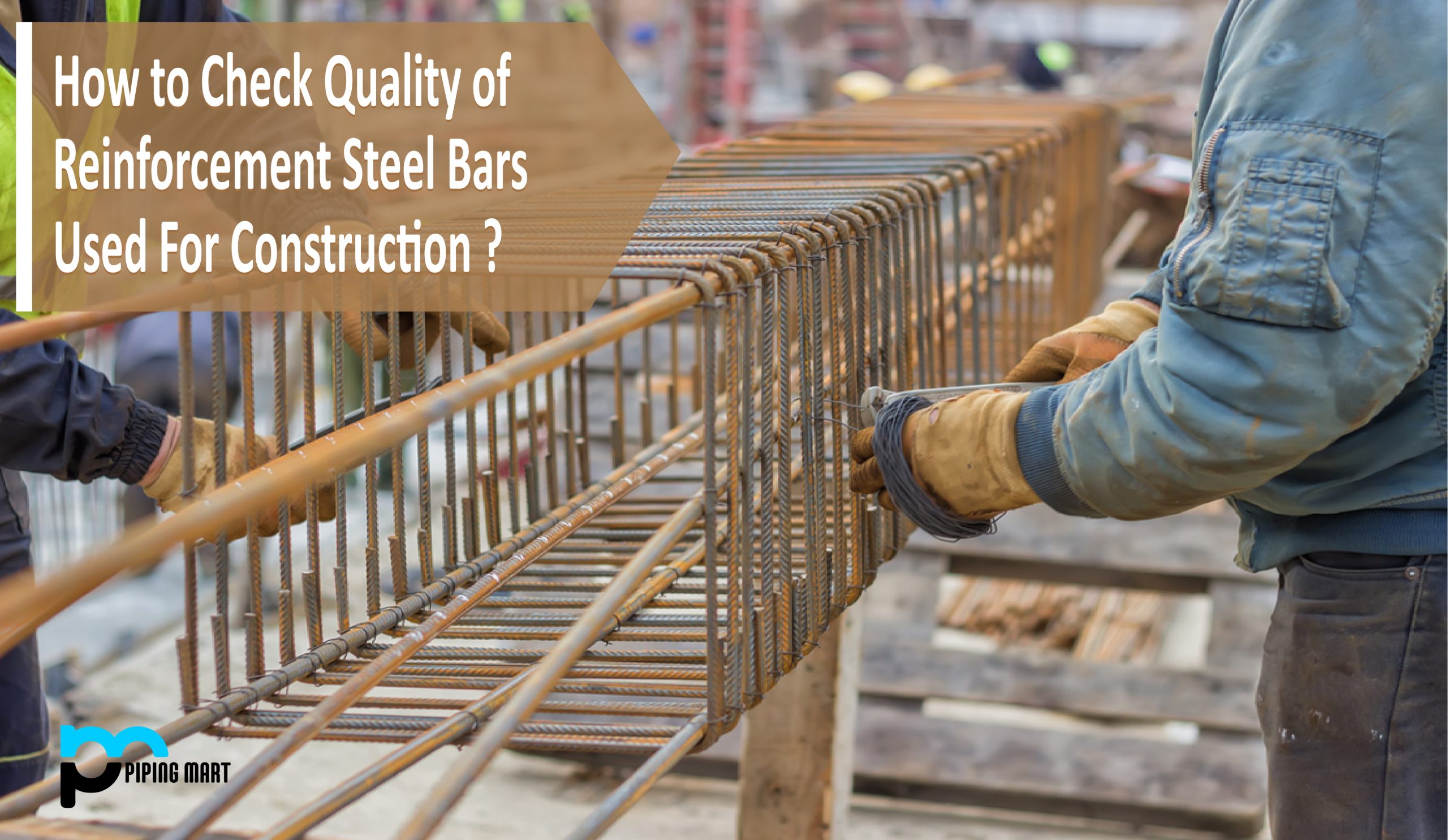There are several different manufacturing processes that can be used to create metal parts. Two of the most popular processes for creating complex components are die casting and forging. Each method has its own set of advantages and disadvantages, so it’s important to understand the differences between them before deciding which is best for your project. Let’s take a look at how these two processes compare.
Die Casting Process
The die-casting process involves injecting molten metal into a mould under high pressure. The main advantage of this process is that it allows for the production of complicated shapes with greater accuracy than other methods. Additionally, die castings require minimal finishing work since they come out of the mould ready to use. However, there are some drawbacks associated with this process as well; it is more expensive than other methods and is limited to low-melting point metals such as zinc, aluminium, and copper alloys.
Forging Process
Forging involves shaping metal by hammering or pressing it into a desired shape while heated. This method produces superior strength in the finished product compared to other processes due to its ability to align the grain flow of metals during forming operations. It also requires less secondary machining work than other methods because it produces an end product with better dimensional accuracy and tighter tolerances than most casting methods can achieve. The downside of forging is that it requires expensive tooling and specialized equipment, which makes it more costly than other processes, such as die casting or injection moulding.
Difference Between Die Casting and Forging
Cost
One of the main differences between die casting and forging is the cost of the two processes. Die casting is typically more expensive than forging due to the complexity of the process and the need for specialized equipment. Forging, on the other hand, is typically less expensive as it does not require as much specialized equipment.
Lead Time
Another difference between die casting and forging is the Lead Time required for each process. Die casting typically has a longer lead time than forging as it takes longer to set up the mould and inject the molten metal. Forging, on the other hand, has a shorter lead time as it only requires one step (compressing the metal) to shape the part.
Strength
Die-cast parts are typically weaker than forged parts due to the nature of the casting process. When molten metal is injected into a mould, it cools quickly and doesn’t have time to bond as strongly with the mould material. This can result in parts that are weaker and more prone to breakage. Forged parts, on the other hand, are typically stronger as they are shaped by compressive forces, which work to improve the strength of the metal.
Conclusion:
Both die casting and forging offer unique advantages when producing metal parts, but each has its own drawbacks as well. Ultimately, you will need to weigh up the pros and cons of each method carefully before deciding which is best suited for your project needs. Die casting produces more accurate parts faster but tends to be more expensive, whereas forging offers superior strength but requires specialized equipment that increases costs significantly. Consider your specific requirements carefully before making a decision on which method will produce the best results for your application!

Abhishek is a seasoned blogger and industry expert, sharing his insights and knowledge on various topics. With his research, Abhishek offers valuable insights and tips for professionals and enthusiasts. Follow him for expert advice on the latest trends and developments in the metal industry.




